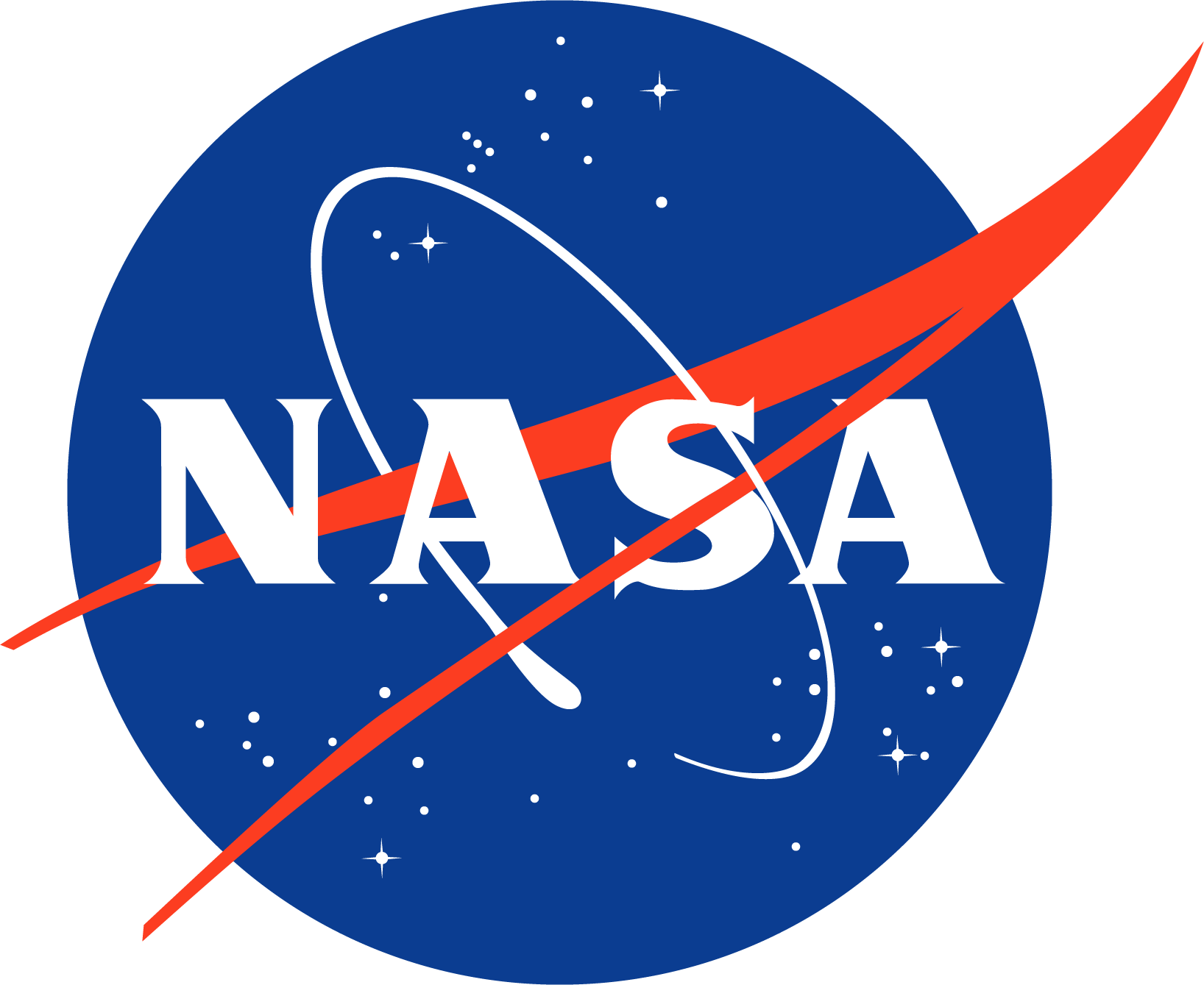Dan obtained a bachelors in Physics from Michigan Technological University (MTU) in 2011. A rewarding and unique undergraduate research experience in Raymond Shaw’s experimental cloud physics lab, coupled with just the tiniest offhand comment expressing skepticism about the accuracy of satellite cloud droplet size estimates sent him down a long road pursuing the improved cloud remote sensing observations required to study physical processes and climate change. In 2017, he obtained his PhD in Atmospheric Physics from the University of Maryland, Baltimore County (UMBC) and was a founding member of Zhibo Zhang’s Aerosol, Cloud, Radiation-Observation, and Simulation (ACROS) group as his first PhD student.
Joining Goddard as a NASA Postdoctoral Fellow, Dan worked on polarized remote sensing of clouds and aerosols with Kirk Knobelspiesse and Kerry Meyer during the ORACLES sub-orbital field campaign and the early stages of development NASA Plankton, Aerosols, Clouds, and Ecosystems (PACE) missions. This eventually led Dan to his current position is in the Climate and Radiation Lab (Code 613) working in the Cloud imager Retrieval Group improving and evaluating NASA's cloud remote sensing data products.
Dan’s research interests range from studying the fundamental physics of clouds and light scattering to the development of novel satellite observing missions and retrieval techniques. On the fundamental physics side of things Dan's interests include study of the influence of the entrained mixing of dry air at cloud tops - which has the potential to impact precipitation processes depending on how turbulently it is mixed. As well as developing theory and models for describing the depth of penetration that polarized light is scattered from clouds before it becomes depolarized by multiple scattering - which sets limits on where our information comes from in the cloud and what cloud processes we can observe from polarimetry. On the satellite mission development side, Dan's work focuses on the simulation of shortwave passive remote sensing clouds and the impact that realistic spatial and microphysical inhomogeneity has on retrievals of cloud properties. These modeled cloud simulators help prepare NASA for future missions and advance our remote sensing retrieval methods in the process. Currently Dan is both developing a polarimetric satellite simulator as part of the PACE Science Team, and serving as the polarimetric cloud microphysics Algorithm Science Lead for the forthcoming Atmosphere Observing System decadal science mission (AOS)
